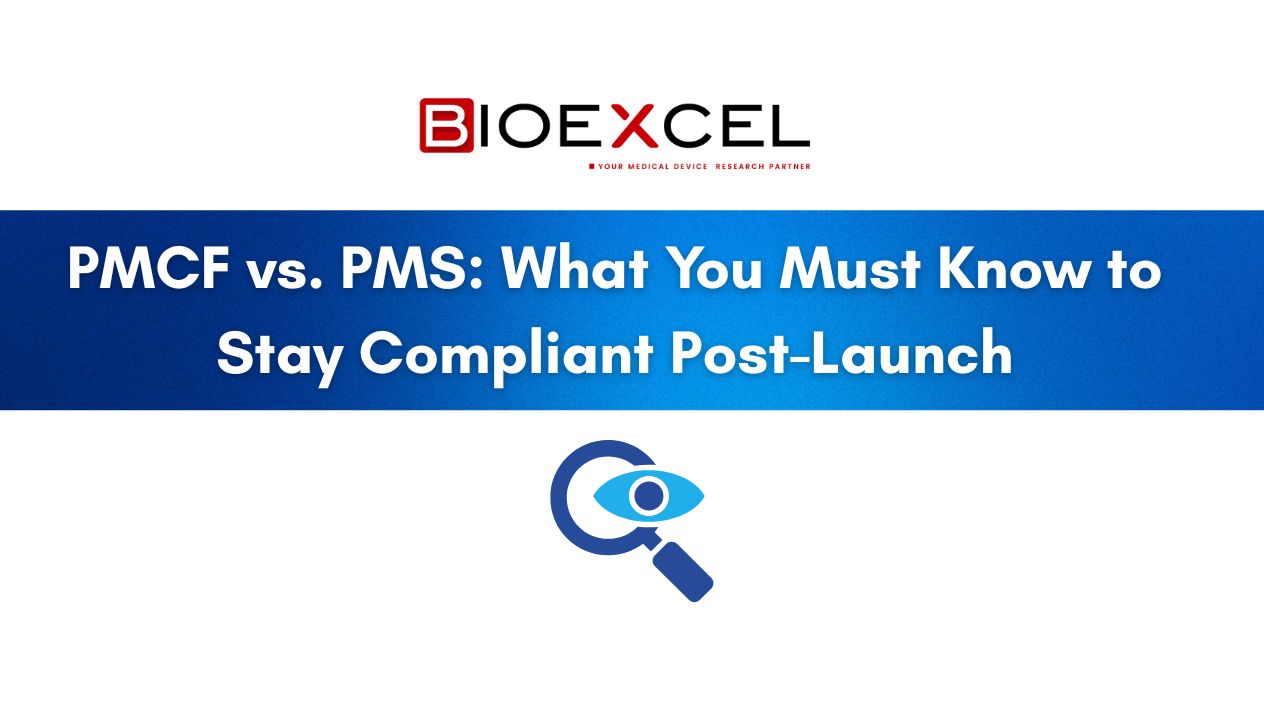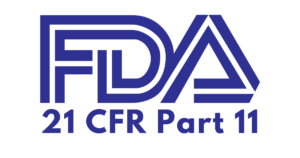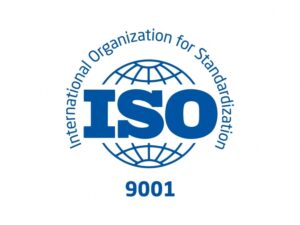If you’re managing regulatory strategy in a medical device company, you’ve likely heard both terms—Post-Market Clinical Follow-up (PMCF) and Post-Market Surveillance (PMS)—used interchangeably. But they’re not the same.
What I’m thinking: I can’t afford to get these wrong. If I miss a requirement or confuse one for the other, we’re looking at delays, audit findings, or worse—withdrawn approvals.
Under the EU MDR, U.S. FDA, and CDSCO, post-market obligations have tightened dramatically. The stakes? Compliance, market access, and patient safety.
Let’s break down the differences, when each applies, and how to stay audit-ready without overwhelming your team.
The Definitions: PMS vs. PMCF

✅ Post-Market Surveillance (PMS)
PMS is the ongoing process of collecting, analysing, and acting on data about your device once it’s in the market. It includes:
- Complaint handling
- Vigilance reporting (e.g. MedWatch, FSCA)
- Trend analysis
- Literature reviews
- Real-world performance tracking
✅ Post-Market Clinical Follow-up (PMCF)
PMCF is a subset of PMS. It’s a proactive clinical activity—not just passive monitoring.
Examples include:
- Follow-up clinical studies
- Registries and observational research
- Long-term safety and performance evaluations
- User experience assessments
🎯 Why You Need Both
| Requirement | PMS | PMCF |
| Complaint Analysis | ✅ | ❌ |
| PSURs (Periodic Safety Update Reports) | ✅ | Data feeds in |
| Literature Review | ✅ | Often required |
| Real-World Data Collection | ✅ | ✅ (clinical focus) |
| Clinical Follow-up | ❌ | ✅ |
| Required for Class I Devices? | Yes | Rarely |
| Required for Class III or Implantables? | Yes | Yes (mandatory under MDR) |
Common Pitfalls (and How to Avoid Them)
🚫 Mistake 1: Treating PMCF as Optional
For Class IIb and III devices, PMCF is not optional under EU MDR—even for legacy devices.
Fix It: Plan PMCF into your clinical and regulatory roadmap pre-launch, not post-launch.
🚫 Mistake 2: Mixing Up Data Sources
PMS may use complaint logs or customer support tickets. PMCF requires structured clinical evidence.
Fix It: Use tools like XcelTrials to separate, track, and organise data based on regulatory category and
report type.
🚫 Mistake 3: Duplicating Work
Too many teams run separate workflows for PMS and PMCF—leading to inefficiency, inconsistency, and audit gaps.
Fix It: Centralise both processes in a single compliance platform that auto-links data to CERs, PSURs, and risk files.
💡 How XcelTrials Handles PMS + PMCF Seamlessly
With Bioexcel’s XcelTrials, I manage both PMS and PMCF in one place—without overwhelming my team.
- PMS dashboards auto-pull from complaints, literature, and RWE
- PMCF module allows protocol setup, eCRF data capture, and analytics
- Auto-generates PSURs, PMCF plans, and summary reports
- Links real-world safety data directly into the Clinical Evaluation Report (CER)
- Ensures compliance with MDR Annex XIV, FDA PMS guidance, and CDSCO standards
“We passed our MDR surveillance audit with zero findings—because XcelTrials made PMS and PMCF airtight and effortless.”
🚨 The Risk of Getting It Wrong
- PMS gaps lead to recalls, audit findings, and market withdrawals
- Missing PMCF triggers CE certificate suspension or rejection
- Disorganized data leads to PSUR delays and non-conformities
- Regulatory credibility loss that’s hard to recover from
✅ Final Thought: Know the Difference. Build both. Automate Everything.
PMS is your long-range radar. PMCF is your precision tool. Both are critical.
Automating and aligning them through a single platform like XcelTrials is how smart regulatory teams stay compliant without overloading their staff.












